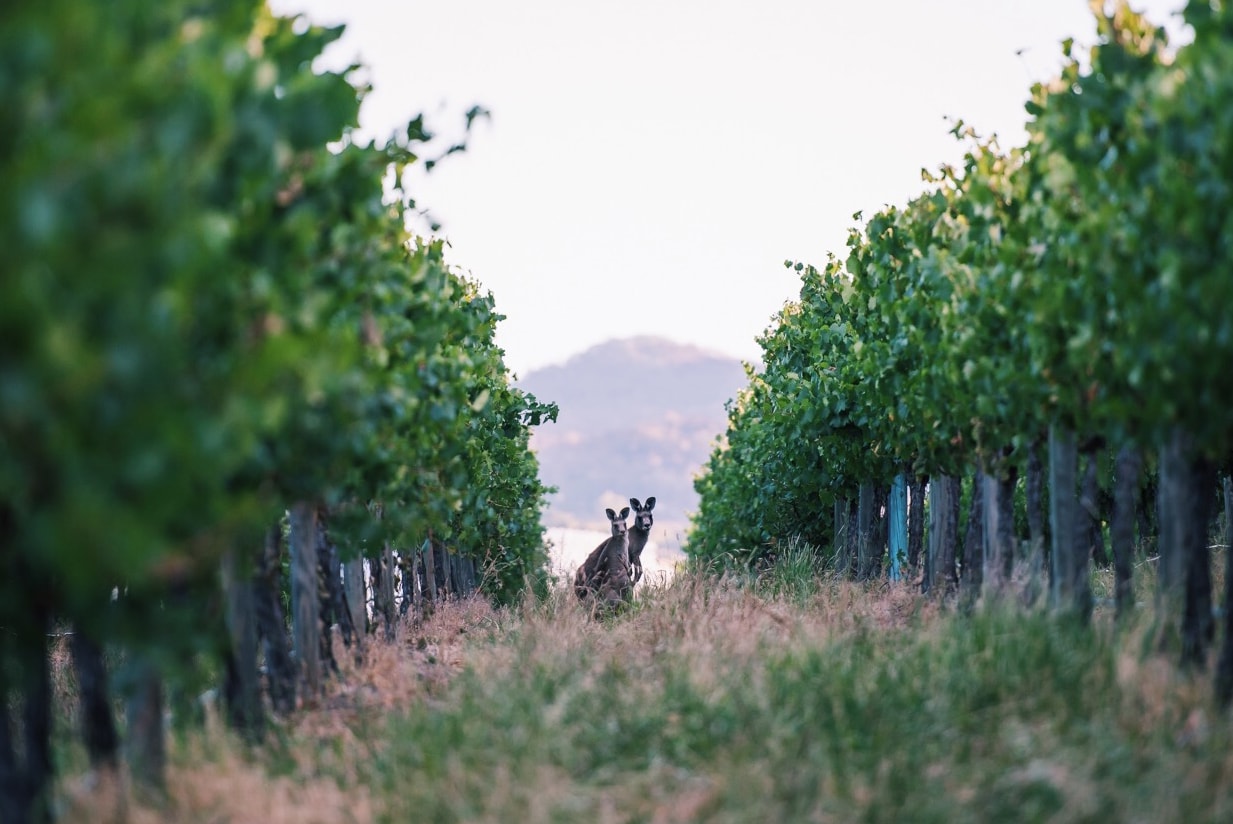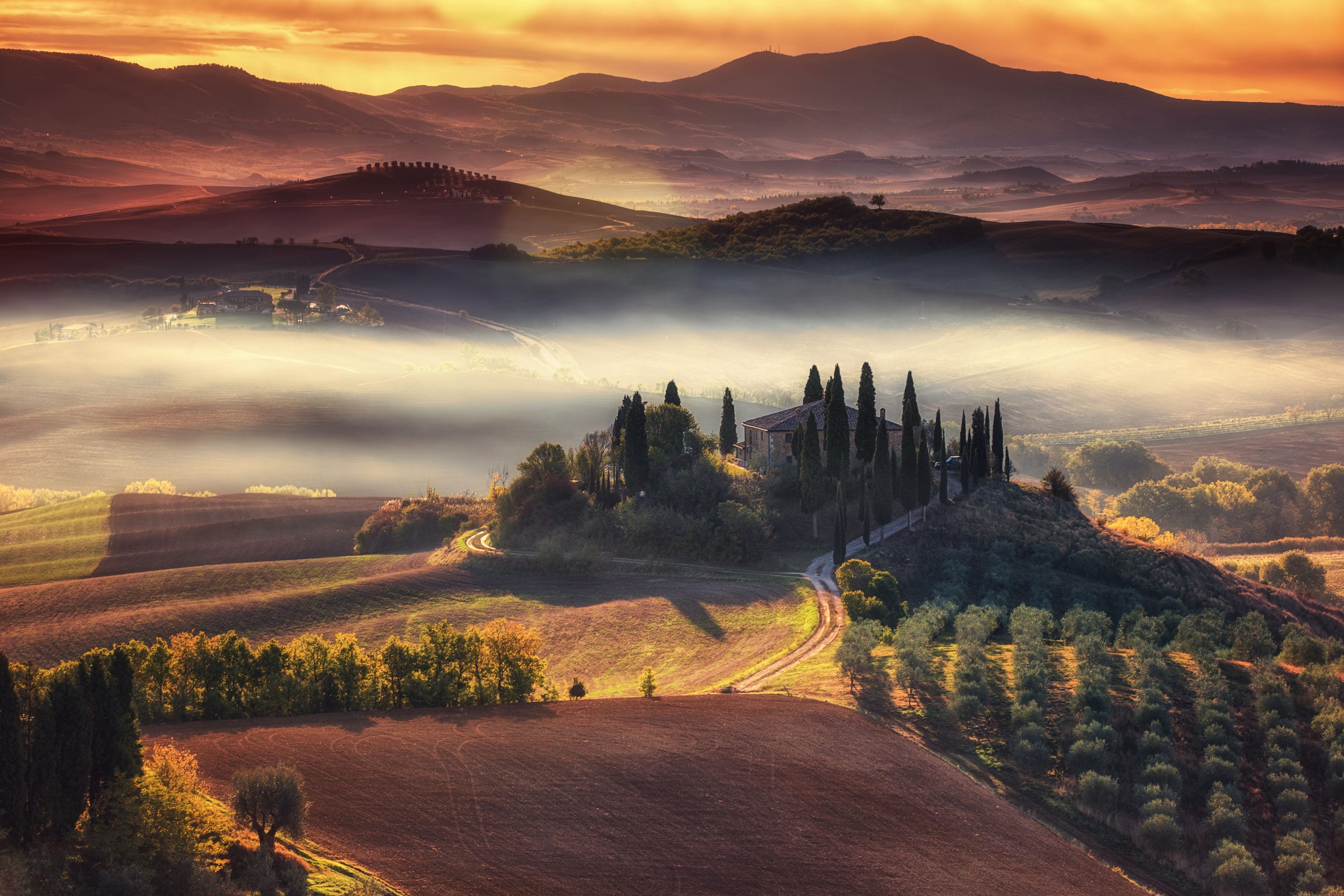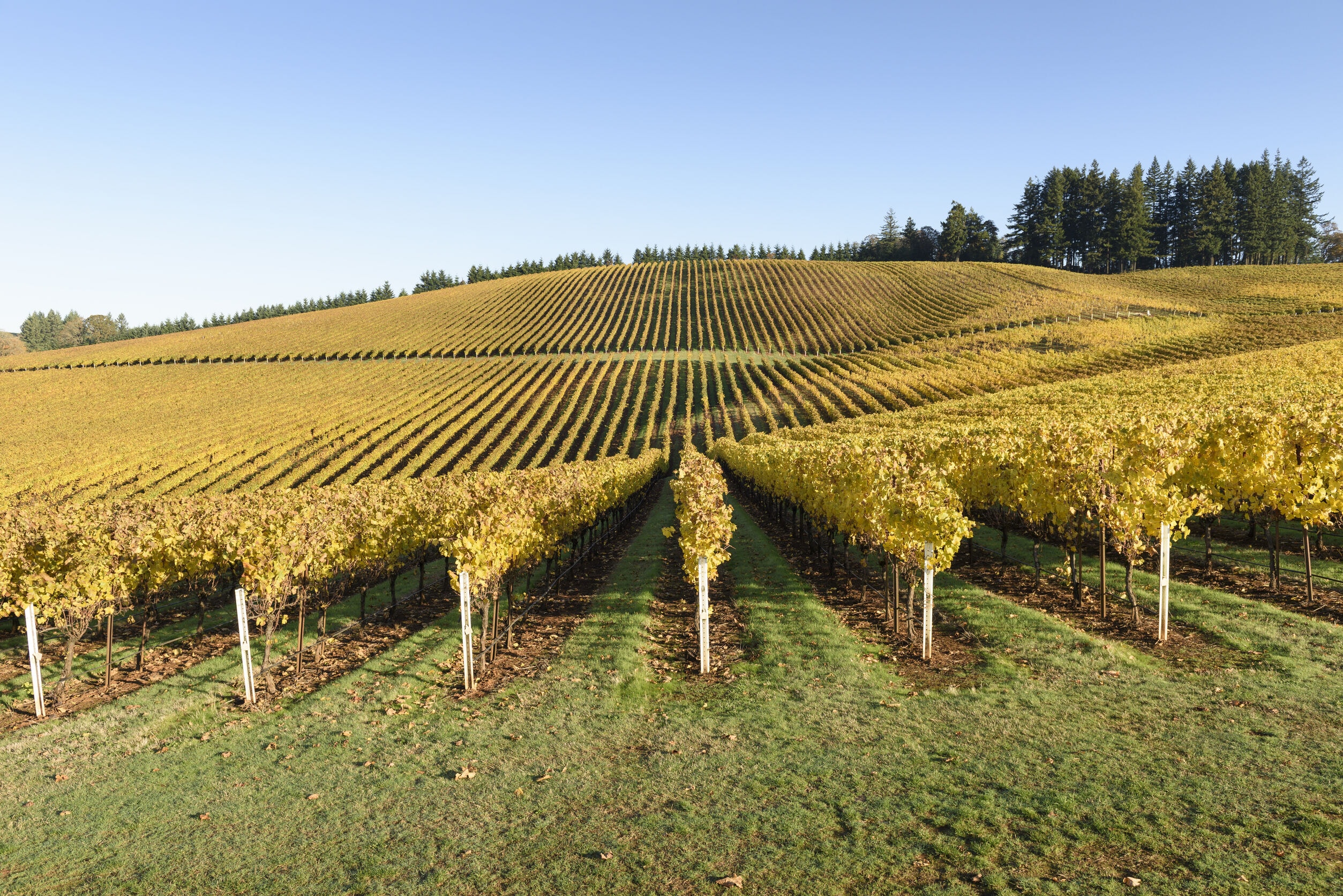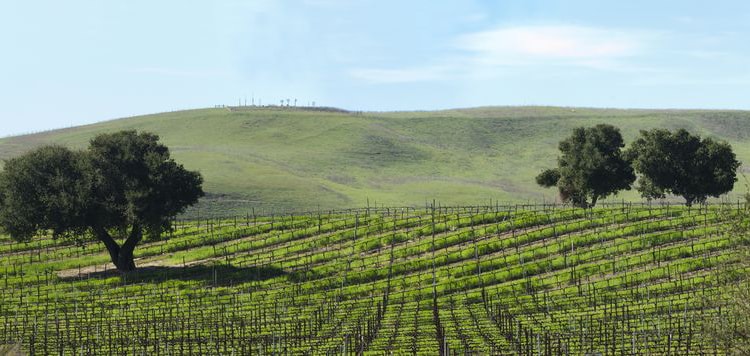It’s cool to be cool
Cool climate wines are hot property with varieties like Sauvignon Blanc, Pinot Gris, Chardonnay, Pinot Noir and Nebbiolo top of the pops. ‘Cool climate’ is an ill-defined term but certainly the Orange Wine Region fits the criteria with warm summer days yet chilly nights and icy winters with heavy frosts and occasional snow. The city of Orange sits at 33 degrees South, the same latitude as Margaret River but rather than the temperate maritime conditions of that region, Orange’s 862 metre elevation drops the temperatures dramatically. The Orange G.I. (Geographic Indicator) is defined by elevation with 600 metres the cut off point. Vineyards that sit below this threshold are part of the broader Central Ranges Zone. The Orange G.I was ratified in 1996, so it’s still regarded as a ‘new’ region but, as a taste of the Region’s wines verifies, Orange has come of age.
The Orange G.I. (Geographic Indicator) starts at 600 meters of altitude, and brings diversity in climate, terroir and opportunities.
Diverse Terroir
Elevation brings diversity to the Orange G.I with a dramatic difference between vineyards planted at 600 metres to the (warmer) west to those planted on the cooler northern slopes of Mount Canobolas at over 1000 metres. The Region’s geological diversity adds further complexity turning the selection of vineyard site and grape variety into a complex matrix. Mount Canobolas is an ancient volcano, so granitic soils abound. Some are rich and deep, others worn and exposed. Orange is on the western slopes of the Great Dividing Range, which was once the shore of Australia’s vast inland sea, with limestone outcrops adding a further geological twist. Aspect is likewise important with the western facing vineyards of Printhie and Cumulus enjoying the warm afternoon sun while vineyards to the east towards Blayney such as Angullong and Bantry Grove enjoy the cooler morning sun.
Picture by Angullong Wines (https://www.angullong.com.au/)
Diverse wine styles
The Orange G.I is not an ‘one size fits all’ wine region but rather a complex patchwork of vineyards with equally diverse range of wines. Sparkling wines feature strongly from the refreshing See Saw Prosecco (USD17) to the top methode traditionnelle of Bloodwood, SWIFT and De Salis. The De Salis Lofty Cuvée (USD45) stands proudly alongside the benchmarks from Champagne.
Riesling grows well in Orange with stalwarts like Bloodwood vying with new wave styles like the barrel fermented 2019 Rikard Riesling (USD24). Sauvignon Blanc abounds with some of the best made in Fumé style. Pinot Gris likewise enjoys the cooler sites but its chardonnay that shines amongst Orange’s white grape varieties. Uber-complex styles are the go with Patina and Canobolas Smith Shine among the best.
Rosé flourishes with the eccentric malbec-based Bloodwood Big Men in Tights (USD20) a long-time favourite. Pinot Noir works well in the cooler sites with the Philip Shaw No.8 Pinot Noir (USD30) a wonderfully perfumed example, as is the new player Matt Eades’ Amour Pinot Noir (USD40) - again it’s in the delicate vein.
Shiraz tends towards the spicy styles with the best coming for the warmer westerly sites. The Heifer Station Shiraz (USD25) took out the trophy at the 2019 Orange Wine Show. Cabernet Sauvignon can struggle to ripen in the cooler years so its Bordelaise companions Merlot, Malbec and Cabernet Franc play an important role. Top wines include the Atallah Cabernet Franc (USD30), the Tamburlaine single Vineyard Malbec (USD22) and Philip Shaw’s Hoosegg Mountain Dragon Merlot blend (USD85).
This vinous shopping list is just a wafer-thin slice of the best Orange Region wines.
The Backstory
The Orange Region’s first vines were planted in 1980 with a small but growing band of pioneering winegrowers building a base over the next decade. Philip Shaw pushed the area under vine forward when he planted the 47-hectare Koomooloo Vineyard in 1988 with the rush of plantings over the following decade driven by tax incentives and managed rural investment schemes. Cumulus is one such vineyard, a 500-hectare property at Molong that has become a wonderful viticultural resource.
No sketch of grapegrowing in Orange is complete without mentioning Justin Jarrett, who owns and manages extensive vineyards in the region - his See Saw brand just the tip of his viticultural empire.
While the area under vine has only marginally increased (to 1500-hecatres) over the last decade, it’s the winemaking and brand awareness that has changed exponentially. Some of the pioneers have sold to a wave of young yet highly experienced newcomers. Patina, De Salis, Ross Hill and Will Rikard Bell have elevated the winemaking quality with the local contract winemaker Madrez Wine Services doing a marvellous (and award winning) job.
A number of outsiders plunder the region for grapes with Peter Logan, David Lowe and Simon Gilbert from Mudgee vying with Hunter Valley operators like Brokenwood and David Hooke with Tamburlaine planting their own vineyard in the Region.
The Future
The attraction of Orange is not just its wines but the food with locally grown produce a feature of the local restaurants. There’s a wine bar and coffee culture that rivals Melbourne or Milan. Just four hours from Sydney and three from Canberra, Orange is a haven for lifestyle travellers with an increasing number of tree-changers settling in the region. There is doubt that the Orange Wine Region’s future is well and truly secure.
SPARKLING WINES
See Saw Prosecco (USD17) - see availability
De Salis Lofty Cuvée (USD45)
WHITES AND ROSE WINES
2019 Rikard Riesling (USD24)
Bloodwood Big Men in Tights (USD20) - see availability
RED WINES
Philip Shaw No.8 Pinot Noir (USD30) - see availability
Matt Eades’ Amour Pinot Noir (USD40)
Heifer Station Shiraz (USD25) - see availability
Atallah Cabernet Franc (USD30)
Tamburlaine single Vineyard Malbec (USD22)
Philip Shaw’s Hoosegg Mountain Dragon Merlot blend (USD85) - see availability







